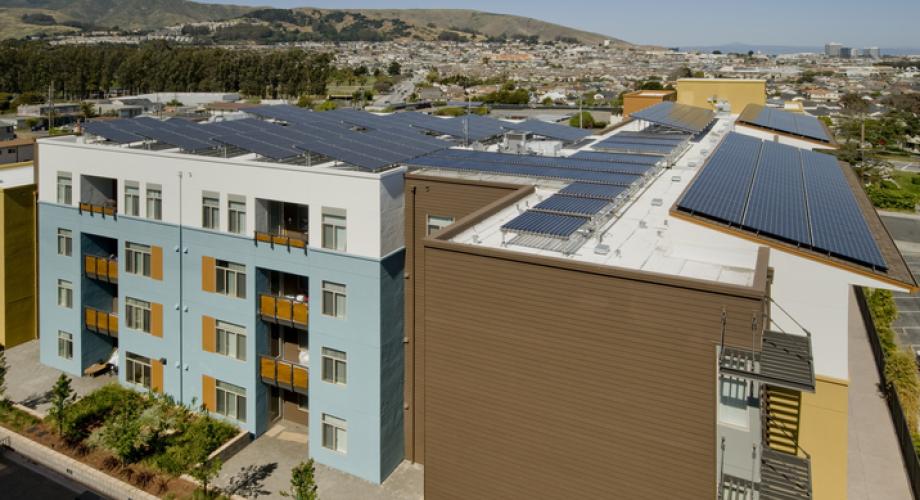Finding sustainable solutions that deliver measurable results, then duplicating them across the portfolio, is essential to maximizing ROI.
Sustainability initiatives were gaining traction prior to the pandemic but took a temporary backseat to the operational efficiency movement as multifamily operators scrambled to navigate unprecedented circumstances.
As the industry transitions into post-pandemic mode, sustainability has returned to the spotlight, with investors, owners, renters and even governments mapping out the road forward.
During the 2022 Apartmentalize session, “Smart Sustainability: Navigating the Path to Business Resilience,” industry leaders analyzed the current state of sustainability, as well as strategies for adopting and complying with new green demands and standards.
“There seems to be a shift happening in the United States, where we’re starting to see actual regulations and carbon caps,” said Caitlin Rood, Senior National Account Manager for Bright Power. “Green incentives are really important to move the needle, but now having governments standing behind and requiring a cap on emissions is the shifting point.”
While some states have already rolled out new green standards for builders and developers, more states are poised to follow suit.
“There are something like 20 states that have committed to building energy performance standards by Earth Day of 2024,” Rood said. “With the fact that there are so many groups looking at this, and we have moved past benchmarking and moved past incentives to carbon caps, I think we can start to make a difference.”
Also changing the way the industry approaches sustainability is the increasing Environmental, Social and Governance (ESG) demands of investors who want their money to go toward environmentally responsible projects.
“About 85% of all of our investors are requiring that we build a sustainable platform or we build sustainable properties,” said Steve Hallsey, Managing Director at Wood Partners. “In the United States, 45% of the fossil fuel carbon footprint comes from housing, so you can certainly see why it’s important.”
Hallsey said that to be effective, a company’s commitment to sustainability must start at the top and permeate the organization.
“It has to start at the C-Suite, and you have to make sure that sustainability message is carried all the way down,” Hallsey said. “If your maintenance people don’t understand how green buildings operate, and they don’t operate them correctly, it’s for not.”
Panelists suggested leveraging partnerships with utility companies and developing strategic procurement practices to reduce a property’s carbon footprint. Finding sustainable solutions that deliver measurable results, then duplicating them across the portfolio, is essential to maximizing ROI.
“Having a proven project is really the key. Once you see that something works, you can use it on other projects and other deals,” said Elizabeth Moronta, Senior Vice President of Development for Omni New York. “When we have the verifiable data, we know it works and we know we’ll see the savings on the other side.”
Dedicating a position to seek out and manage green incentive programs can actually pay for itself through cost and energy savings, as well as the capital gained through incentive funds, Rood said.
“Within the asset management team, there needs to be somebody focused on sustainability. It’s about really understanding how the money flows at the property,” she said. “Then you can figure out ways to make it work.”
Finding “free money” in the form of grants and incentives is imperative to sustainability platforms in multifamily, because “green” doesn’t just refer to environmental responsibilities.
“It means green money. That’s how these things get done,” said session moderator Dan Gaddis, Sales Executive at Epremium Insurance Agency. “These are business deals, just like everything else.”
Doug Pike is a Content Manager for LinnellTaylor Marketing.
